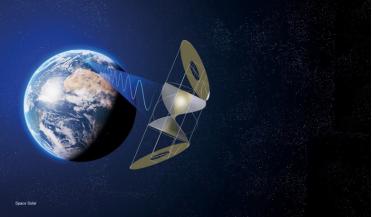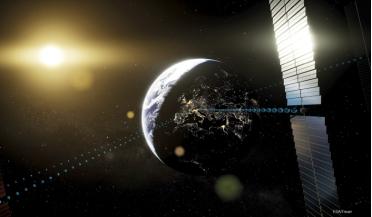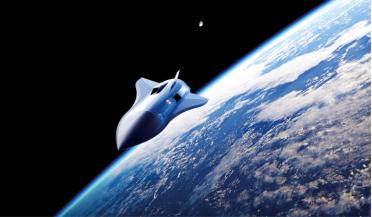 April 2024
Unlocking the NewSpace economy through space-based solar power
April 2024
Unlocking the NewSpace economy through space-based solar power
... GW). For an average system size of 2 GW, that would mean a demand for approximately 570 SPS in geosynchronous (GSO) or geostationary (GEO) orbits. According to the IEA, to hit ‘Net Zero’ by 2050 the world will need to increase its production...
 April 2024
The promise of solar energy for sustainable development and space exploration
April 2024
The promise of solar energy for sustainable development and space exploration
... be undertaken in such a way as to constitute an actual or implied “appropriation” of outer space, including with respect to the use of GEO orbital locations. Space-based solar power involves transforming solar power into electricity via photovoltaic...
 May 2024
The challenges of satellite communications on the move
May 2024
The challenges of satellite communications on the move
... receive channels and a single transmit channel so it can simultaneously receive from both LEO and expand MEO/GEO using a single flat antenna operating in the Ku-band. Another factor that has a bearing on antenna performance, which...
 September 2024
Hypersonics and the route to orbit
September 2024
Hypersonics and the route to orbit
... travel and LEO missions. The next iteration, HELLO-2, will carry 5500 kg to LEO, 1730 kg to geostationary orbit (GEO) and 760 kg to the lunar surface, and will be followed later by a proposed HELLO-3M, a crewed lunar mission. Naturally...
 April 2025
Space sustainability and the role of space situational awareness
April 2025
Space sustainability and the role of space situational awareness
... supports the long-term viability of congested orbits, particularly in low Earth orbit (LEO) and geostationary orbit (GEO) while promoting collective responsibility for the space environment and driving investment in technologies and practices that...
 September 2025
AI cybersecurity - challenges in space
September 2025
AI cybersecurity - challenges in space
... and complexity, and residual risks always remain. Communication with space assets, particularly those in geostationary orbit (GEO) or deep space, is subject to significant signal propagation delays (latency) and constrained data transmission rates...